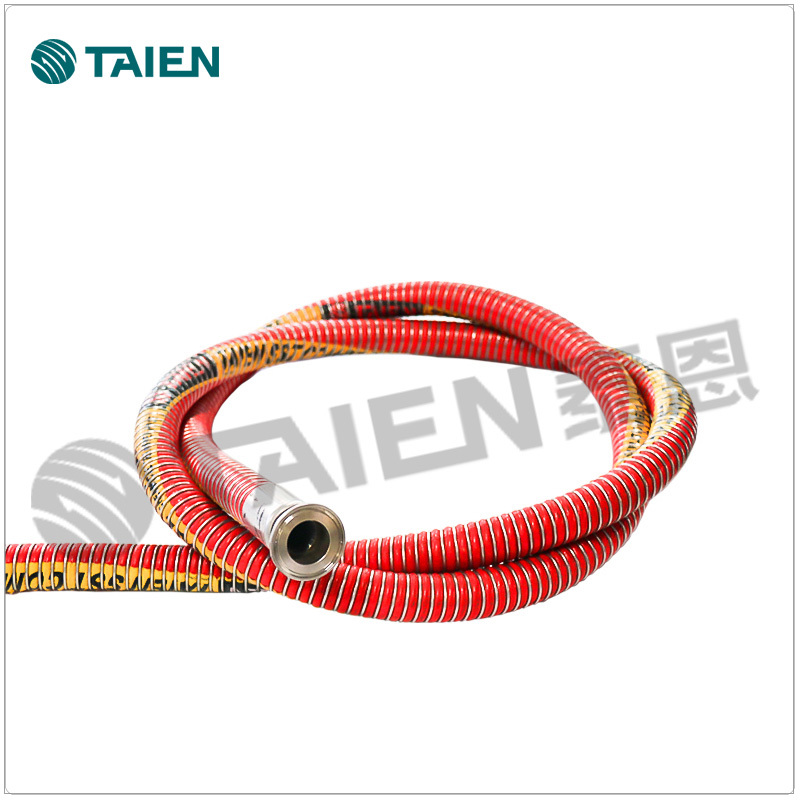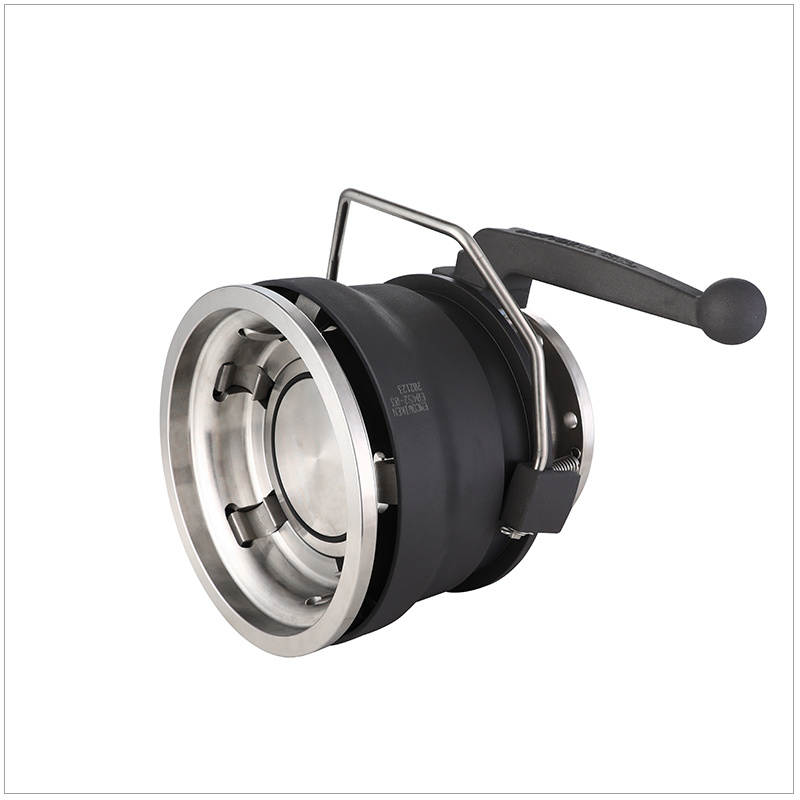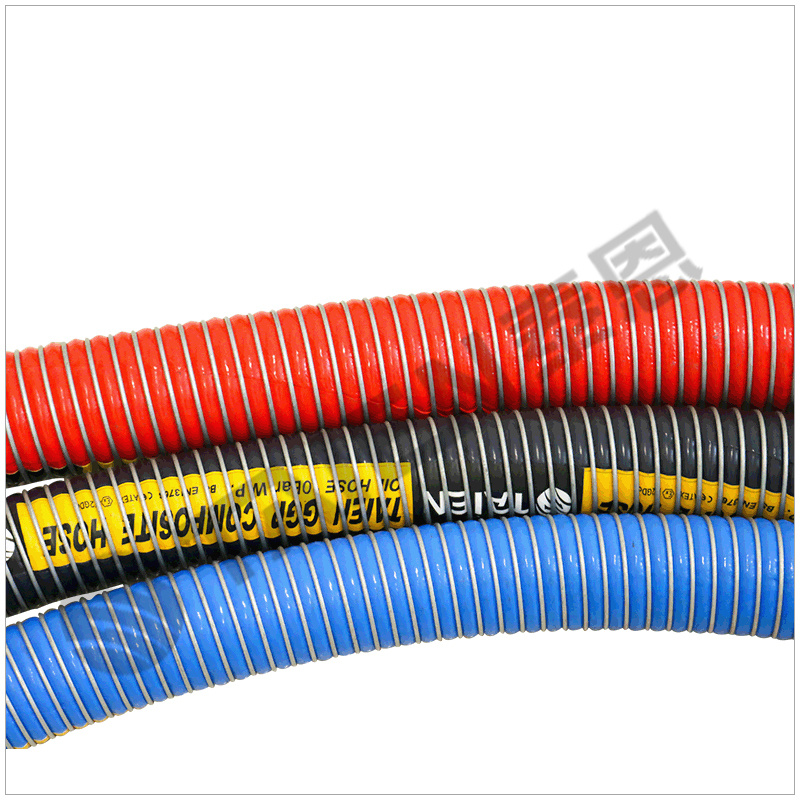Debunking Myths About Composite Hoses in Packaging and Industry
Release time:
2025-06-19
Author:
Source:
Abstract
Debunking Myths About Composite Hoses in Packaging and Industry
Understanding Composite Hoses: A Brief Overview
Composite hoses have emerged as versatile solutions in various industries, particularly in packaging. Their composition typically includes multiple layers of different materials, providing unique benefits over traditional hoses made solely from rubber or metal. Understanding these hose
Debunking Myths About Composite Hoses in Packaging and Industry
Understanding Composite Hoses: A Brief Overview
Composite hoses have emerged as versatile solutions in various industries, particularly in packaging. Their composition typically includes multiple layers of different materials, providing unique benefits over traditional hoses made solely from rubber or metal. Understanding these hoses begins with recognizing their structure.
Composite hoses are made from an outer layer of woven fabrics, often reinforced with metal wire for added strength. The inner core can be constructed from various materials, such as thermoplastics, which further enhance their flexibility and chemical resistance. As industries evolve, misconceptions about these hoses can cloud judgment, potentially leading to suboptimal choices in packaging solutions.
Common Myths Surrounding Composite Hoses
Unpacking the myths surrounding composite hoses is crucial for industry professionals. Let's dive into some of the most prevalent misconceptions.
Myth 1: Composite Hoses Are Not Durable
One of the most common myths is that composite hoses lack durability compared to traditional hoses. This belief stems from their lightweight design, which can lead some to underestimate their strength. However, composite hoses are engineered to withstand rigorous conditions, including extreme temperatures and aggressive chemicals. They can endure high pressures and maintain flexibility, making them suitable for a variety of applications.
Myth 2: They Are Unsafe for Transporting Hazardous Materials
Another prevalent myth is that composite hoses are unsafe for transporting hazardous materials. In fact, composite hoses are specifically designed to handle a wide range of fluids, including hazardous chemicals. The multilayered construction provides excellent leak resistance, and many composite hoses meet industry safety standards, ensuring secure transportation.
Myth 3: Composite Hoses Are Expensive
Cost is often a concern when selecting packaging solutions. Some believe that composite hoses are prohibitively expensive. While initial costs may be higher than traditional hoses, the long-term benefits, including durability, reduced maintenance costs, and increased safety, often outweigh these upfront expenses. When assessing total cost of ownership, composite hoses can prove to be a cost-effective solution.
Myth 4: They Have Limited Applications
Contrary to popular belief, composite hoses are not limited to a narrow range of applications. Their versatility allows use in various sectors, including petroleum, chemical processing, and food and beverage industries. This adaptability is one of the key advantages of composite hoses, making them suitable for transporting diverse materials.
Myth 5: Maintenance Is Complicated
Many assume that maintaining composite hoses is a complex endeavor. However, they are designed for ease of maintenance. Regular inspections and basic care can significantly prolong their lifespan. Proper cleaning and storing techniques can minimize wear and tear, ensuring they remain in good condition.
The Advantages of Composite Hoses
Understanding the truths behind composite hoses allows us to appreciate their many benefits.
Enhanced Flexibility and Weight
One of the standout features of composite hoses is their flexibility. This characteristic makes them easy to maneuver in tight spaces and reduces stress on connections and fittings. Furthermore, their lightweight nature makes them easier to handle, leading to improved efficiency during operations.
Chemical Resistance
Composite hoses excel in environments where chemical resistance is paramount. The use of thermoplastics in their construction allows them to withstand aggressive chemicals without degrading. This property makes them ideal for industries dealing with a wide array of solvents, acids, and fuels.
Safety Features
Safety is a significant concern in the industry. Composite hoses are engineered with safety in mind, often incorporating features like ground wire and specialized fittings to prevent electrostatic discharge. Their leak-resistant design minimizes the risk of spills, contributing to a safer working environment.
Longevity and Cost-Effectiveness
While the initial investment may be higher, the longevity of composite hoses translates into cost savings over time. Their resistance to environmental factors and wear and tear means they can last significantly longer than traditional hoses, making them a smart choice for businesses looking to optimize their resources.
Best Practices for Using Composite Hoses
To maximize the benefits of composite hoses, it's essential to follow best practices for their use and maintenance.
Regular Inspections
Conducting regular inspections is crucial. Look for signs of wear, such as cracks or fraying, and check connections for leaks. Early detection of issues can prevent costly downtime and ensure safety.
Proper Storage Techniques
Storing composite hoses correctly can extend their life. Avoid exposing them to direct sunlight for prolonged periods, and store them in a cool, dry place to prevent degradation.
Clean and Maintain
Regular cleaning is vital to prevent the buildup of contaminants. Use appropriate cleaning agents that are compatible with the materials in your composite hose. Following the manufacturer's maintenance guidelines can help ensure optimal performance.
Case Studies: Successful Applications of Composite Hoses
Real-world applications provide insight into the effectiveness of composite hoses across industries.
Petroleum Industry
In the petroleum industry, composite hoses are utilized for the safe transport of fuel. Their ability to withstand volatile materials makes them a preferred choice for fueling stations and transport vessels.
Chemical Manufacturing
Chemical manufacturers rely on composite hoses to handle corrosive substances. Their chemical resistance and durability ensure smooth operations while maintaining safety standards.
Food and Beverage Sector
In the food and beverage industry, compliance with safety regulations is non-negotiable. Composite hoses designed for food applications ensure that products are transported safely while minimizing the risk of contamination.
Frequently Asked Questions (FAQs)
1. What are composite hoses made of?
Composite hoses typically consist of multiple layers, including woven fabrics and thermoplastic materials, designed to provide flexibility and chemical resistance.
2. Are composite hoses suitable for high-pressure applications?
Yes, composite hoses are engineered to handle high pressures, making them suitable for various applications across different industries.
3. How do I know when to replace my composite hose?
Regular inspections will help identify signs of wear. If you notice any significant damage, such as cracks or leaks, it's time to replace the hose.
4. Can composite hoses be used for food products?
Yes, specific composite hoses are designed and certified for food-grade applications, ensuring safety and compliance with regulations.
5. What maintenance do composite hoses require?
Composite hoses should be regularly inspected for damage, cleaned with compatible cleaning agents, and stored properly to extend their lifespan.
Conclusion
Debunking the myths surrounding composite hoses in packaging and industry reveals a wealth of benefits that can enhance operational efficiency and safety. Their durability, versatility, and safety features make them an excellent choice for various applications, from transporting hazardous materials to food products. By understanding and utilizing composite hoses correctly, businesses can optimize their packaging solutions and ensure long-term success in their respective industries. Embracing these truths not only aids in making informed decisions but also paves the way for improved safety and efficiency in operations.
Recommended Reading














